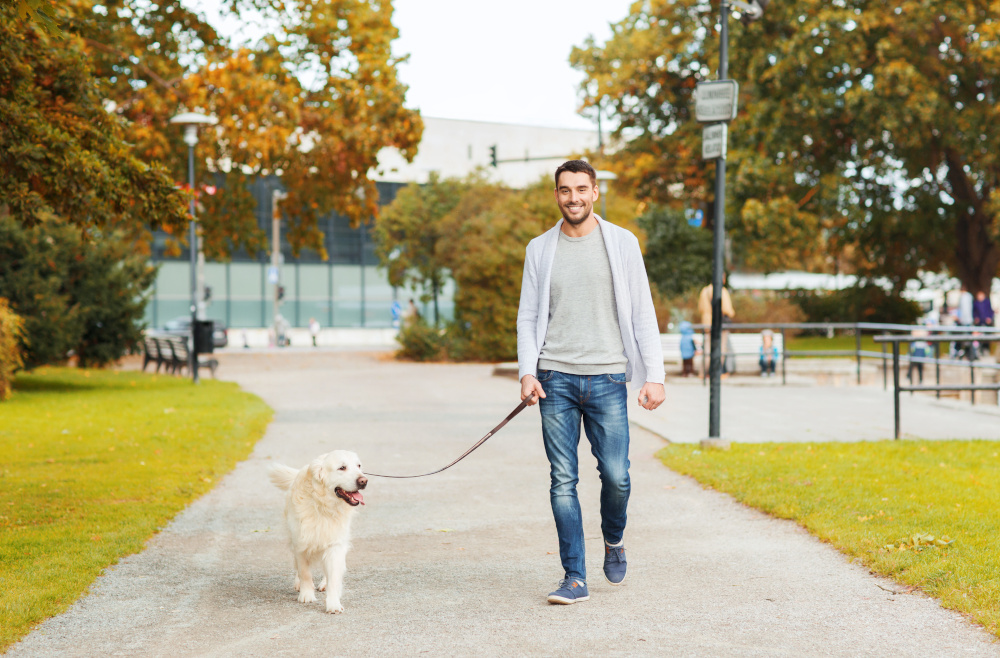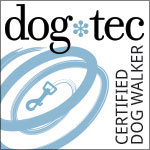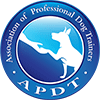 Enjoying Strolls with Your Canine Companion
Enjoying Strolls with Your Canine Companion
Walking your dog is not only a daily routine but also an opportunity for bonding and exercise. However, if your furry friend constantly pulls and tugs on the leash, transforming a pleasant stroll into a frustrating tug-of-war, it’s time to master the art of loose leash walking. By teaching your dog proper leash manners, you can transform your walks into enjoyable and stress-free experiences for both of you.
Start with Basic Training:
The foundation of loose leash walking begins with basic obedience training. Ensure that your dog understands fundamental commands like “sit,” “stay,” and “heel.” These commands create a framework for better communication between you and your pet during walks. Consistency and positive reinforcement are key to successful training. Reward your dog with treats, praise, and affection when they demonstrate desired behavior.
Invest in the Right Equipment:
Using the appropriate equipment can make a significant difference in your dog’s walking behavior. Consider using a well-fitted harness instead of a collar, as it provides better control and reduces strain on your dog’s neck. Additionally, choose a sturdy, non-retractable leash that is long enough for comfort but not so long that it allows excessive pulling.
Establish a Walking Routine:
Consistency is crucial when teaching your dog loose leash walking. Establish a daily walking routine that provides your dog with regular exercise and mental stimulation. Consistent exercise helps to channel your dog’s excess energy and makes them more likely to be attentive and responsive during walks.
Encourage Focus and Engagement:
To achieve loose leash walking, it’s important to keep your dog engaged and focused on you. Use positive reinforcement techniques to reward your dog for walking calmly by your side. Carry small, easily accessible treats and occasionally offer them as rewards for good behavior. Praise and affection can also be effective incentives.
Practice the “Stop and Go” Method:
One useful technique for teaching loose leash walking is the “stop and go” method. When your dog begins to pull on the leash, stop walking and stand still. Wait for your dog to release tension on the leash and turn their attention back to you. Once they do so, praise them and resume walking. Repeat this process consistently, reinforcing the idea that pulling does not lead to forward movement.
Incorporate Positive Distractors:
Incorporating positive distractors can help redirect your dog’s attention away from distractions that might trigger pulling. For instance, carry a favorite toy or a treat-dispensing puzzle toy during walks. Whenever your dog starts to become fixated on something that might lead to pulling, redirect their attention to the distractor. This technique can help them focus on the walk and your guidance.
Seek Professional Help if Needed:
If you’re finding it challenging to teach loose leash walking on your own, consider seeking assistance from a professional dog trainer. They can provide tailored guidance, identify any specific issues, and offer valuable insights to help you and your dog succeed.
Even during these hot summer months in Phoenix, you can find places to walk your dog and further your training. Check out some things we recommend:
- Outdoor malls with misters (Kierland, Scottsdale Quarter, Tempe Marketplace)
- Some indoor malls allow pets
- Home Depot and other hardware stores
- Local restaurant patios that are open to dogs, such as: OHSO Brewery, NY Bagels & Bialy’s, Uncle Bears Brewery just to name a few!
- Also check out our classes geared towards exercising your dog and teaching good manners on our classes page.
Loose leash walking is an essential skill that enhances the walking experience for both you and your dog. With patience, consistency, and positive reinforcement, you can teach your furry friend to walk calmly by your side. Remember, training takes time and practice, so be patient with your dog and celebrate even the smallest victories. Soon enough, you’ll find yourselves enjoying leisurely walks together, strengthening the bond between you and your beloved pet.




Leave a Reply